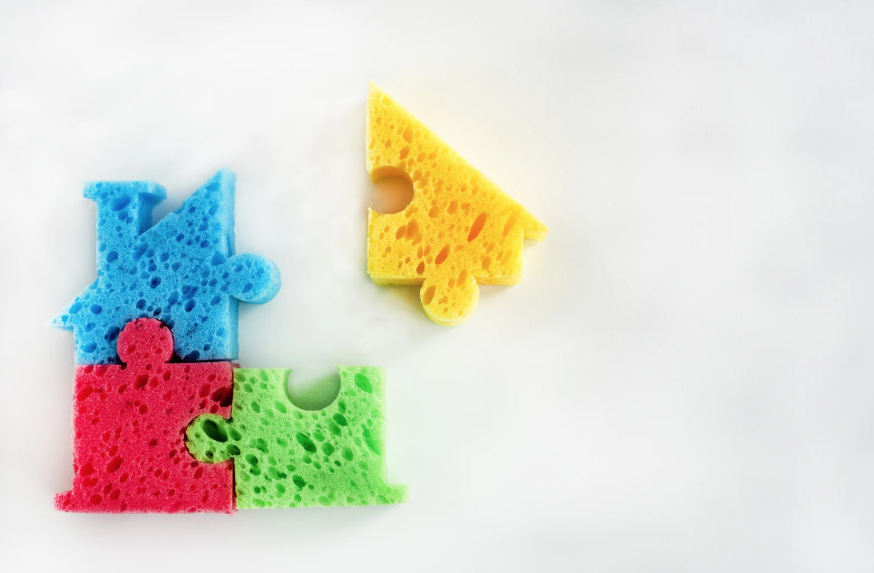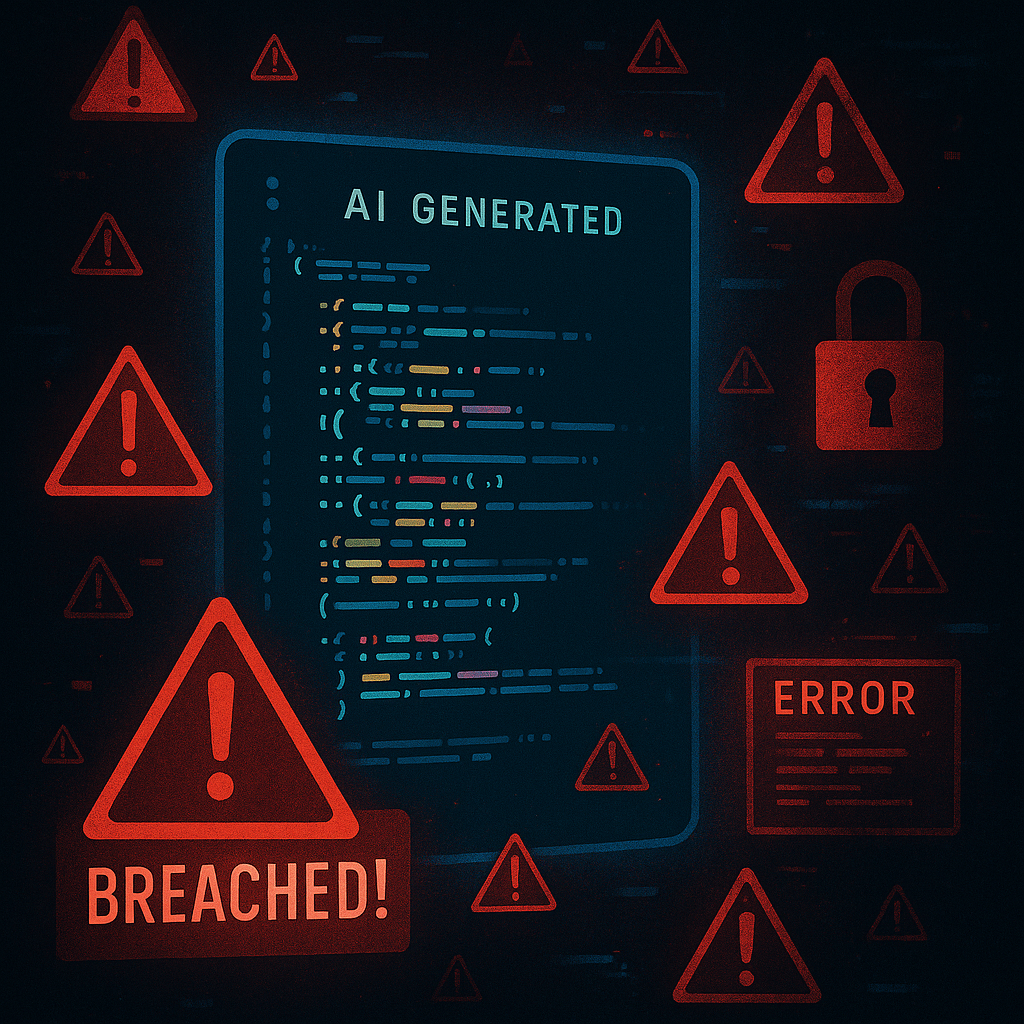.avif)
How Pair Programming Changed the Way I Think About Code Quality
Everyone talks about code quality like it’s something you fix after an issue, but in reality it should start long before the first line is written. Pair programming makes this possible, turning early collaboration into cleaner, more resilient code.
Even as new tools emerge, that doesn’t change. Though AI can be great for pair programming, it has its own unique limitations that will never be able to beat human pairing. AI can speed things up, but it doesn’t carry your team’s context, instincts, or shared judgement. That’s what teammates bring to the table, and where long term quality lives. Whether jumping into a voice call or sitting next to a teammate, you learn in a way that no model can replicate. Speaking from both my junior (and now less junior) self, pairing with your colleagues challenges your ideas and improves quality, regardless of your project phase or level of experience.
Whether you’re designing architecture or fixing a bug, pair programming doesn’t just increase the understanding of the codebase you’re working in: it builds better code habits, increases accountability, and leads to well-maintained, higher quality systems.
AI Isn’t the End of Human Collaboration
To address the elephant in the room, though AI is a great time saver and useful in many aspects, tools like Claude, ChatGPT, and GitHub Copilot aren’t infallible: they may misinterpret business logic or recommend deprecated code. At Seven Hills Technology, we believe that human reasoning remains an important aspect of managing complexity, building robust architecture, and ensuring true code quality.

AI can suggest patterns, but would it be able to trace a bug through a ten-microservice codebase? For a junior developer, or someone unfamiliar with this kind of system, even with an AI “pair programmer” this task can seem daunting. An AI can suggest a solution or fix the issue, but how readable would that code be down the line? How maintainable would that solution be when inevitably you’d have to modify it or build upon it?
That’s the tricky thing about code quality: it’s not just about getting a technically correct solution from an AI, but creating code that stands the test of time. That’s where human pair programming comes in handy, as researchers from Waseda University note: “For human-to-human pair programming… the ‘Coder’ and ‘Pair’ aspects show significant contributions, such as boosting motivation and facilitating knowledge sharing.” Even pairing with a developer new to the system’s codebase can give you insights you’d never find alone, and that’s the kind of shared understanding needed to strengthen the integrity of the code itself.
Regardless of experience, the human aspect of development helps us see problems from our own unique perspectives, and unlocking those perspectives is the key to true quality. We can learn from anyone, whether junior or senior, about building more maintainable, cleaner code.
We Can Learn From Anyone About Quality
As I’ve learned over the years, regardless of seniority, when two developers sit down to work on a problem it becomes a matter of perspective, not hierarchy. That’s why we at Seven Hills are encouraged to pair early and often: perspective elevates code quality.
Take, for example, a junior pairing with a senior. Seasoned seniors are likely to have more carefully constructed input, more experience with proven approaches, and model habits that lead to more maintainable, cleaner code. However, there are times when having an unassuming junior’s fresh set of eyes and perspective helps identify assumptions and patterns that might have been overlooked. And it’s not just our company that shares this perspective: as Ben Linders reported from a talk given by Beth Anderson at QCon London 2025, “Seniors can learn from junior engineers, who are often very highly motivated, and have a fresh perspective and an up-to-date set of skills. We shouldn’t have a fixed idea of who we can learn from, based on a hierarchy or on seniority.”
This creates a great, perspective-filled feedback loop: in which one developer uncovers reasoning and another provides structure and guidance. The results don’t just provide mutual growth; they allow developers to make code that is reviewed and refined in real-time, which is well thought out, more consistent with the business logic, and easier to build on later.
Pair programming reminds us that shared responsibility makes great code. Together, we must question, explain, listen, build, and repeat, and it makes our logic and code stronger.
Case Study: The Android Travel Logic Tangle
Once, as a more junior developer, I paired with a senior teammate to tackle a tricky Android travel-planning codebase, one that had evolved through quick fixes over the years. It was our job to fix some issues in that codebase.
During our voice call, I found myself asking a lot of questions: “Why does this time slot move on its own?” “What does this array do? Why is it tied to this other array?” These questions led us to discover two separate issues causing the same behavior.
Here, we began stabilizing the scheduling logic, documenting intent, and simplifying patterns, setting the groundwork for reducing repeat defects and strengthening the foundation for long-term code quality.
Code Quality is a Shared Language
At its core, pair programming is a conversation about code, design decisions, and how we build systems. When done correctly, it’s a constant back and forth between working through assumptions, explaining reasoning, and clarifying intent. During the conversation, coding and implementation should become clearer for both the pair and anyone who reads and maintains the code later.
Pairing forces you to help build a shared ownership of the code, since at least one other person has to sign off on it. Code mess is more likely to be worked through when another person is reviewing it in real-time. As Cockburn & Williams report, “Development costs certainly do not double with pair programming… [and] significantly, the resulting code [from pair programming] has about 15% fewer defects.”
By extension, if pair programming is a conversation, then reading code is its translation: a way to understand intent through what has been written. Pairing teaches you not only how to have that conversation, but how to translate your intent in a way that others can understand it.
Case Study: Elgin and the Unified Translation Flow
At Elgin, our entire translation system was once heavily reliant on manual translation, supporting only English and Spanish. Our goal was to introduce Azure AI translations and expand to more languages without disrupting the rest of our system. But with any major update, a familiar challenge emerges: how do we integrate new functionality without causing future rework or service disruptions?
As a small team, we discussed where to add the new translation layer. After some conversation, our solution was simple: integrate the automated translations into the already-centralized logic. This way, the code stayed easy to follow, and anyone who worked in the codebase would understand how translations worked and where they lived.
Reasoning through and implementing the intent together, we added one clear place to add new languages without service disruptions–strengthening clarity and predictability long-term in the codebase.
Coding is Where Collaboration Thrives
Some tools can optimize syntax and complete code, but the only tool that truly questions it is the human brain. That balance defines good engineering. What defines great engineering is calling on other humans to question it with you.
At Seven Hills, we believe pair programming isn’t just a soft skill, it’s a practice in quality. Every conversation that you have strengthens the code and the people behind it. Reasoning together reduces the blind spots you didn’t know you had, catches issues earlier, and builds systems to last.
So, try pairing. Whether you’re planning architecture, building features, or debugging late in a sprint, you might find yourself seeing a problem from a different angle and writing cleaner, more maintainable code.
Frequently Asked Questions
Latest Posts
We’ve helped our partners to digitally transform their organizations by putting people first at every turn.
























